Growing succulents in Zone 13 can be a rewarding experience for gardening enthusiasts who adore the unique and diverse beauty of these eye-catching plants.

As this zone is known for its incredibly hot and dry climate, selecting the appropriate species, properly caring for them, and implementing suitable strategies will greatly enhance your chances of success.
Selection of Succulents for Zone 13
In this section, we'll discuss the ideal drought-tolerant options and sun and shade preferences for succulents in Zone 13, ensuring your garden stays healthy and vibrant.
Drought-Tolerant Options
Zone 13 is characterized by its hot temperatures and dry conditions, making it essential to select drought-tolerant succulents. Some excellent options include:
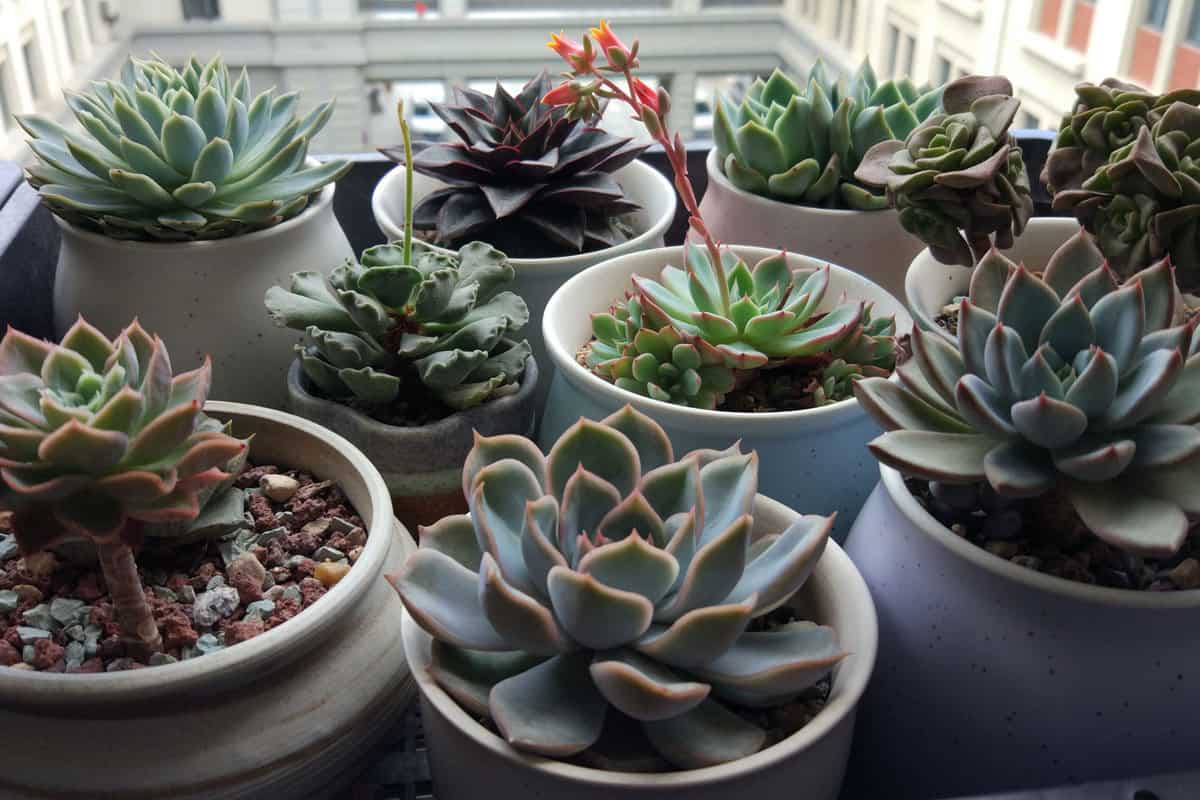
- Echeveria: These rosette-shaped succulents come in various colors and sizes. Able to withstand high temperatures and prolonged periods without water, they're perfect for Zone 13.
- Agave: Agave plants are known for their striking appearance and resilience in arid climates. Many species, such as Agave Americana, can thrive in Zone 13.
- Sempervivum: Commonly known as "hens and chicks," these low-growing succulents spread quickly, are highly tolerant of drought conditions, and can withstand both hot and cold temperatures.

Sun and Shade Preferences
Understanding the preferred light conditions for your succulents is vital to their health and growth. Here are a few examples of succulents that prefer various sun and shade levels:
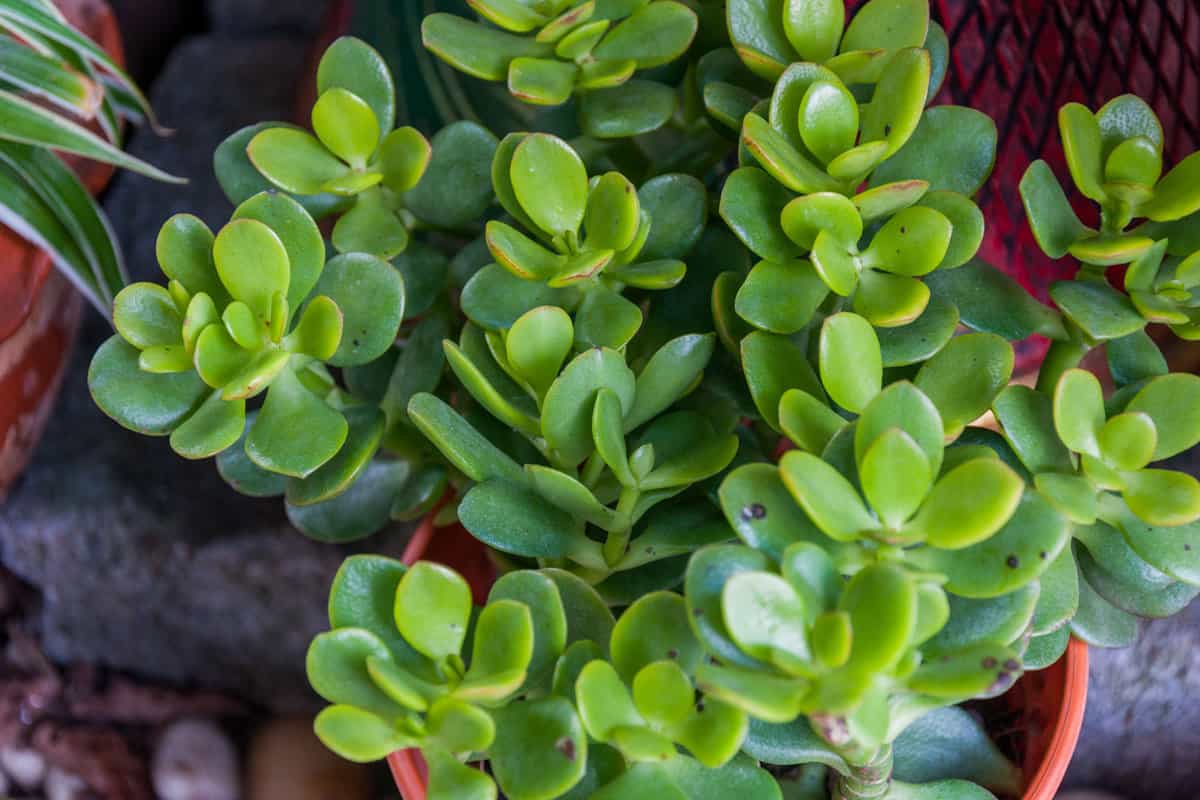
- Full sun: Many succulents love direct sunlight and will thrive in the bright sunshine of Zone 13. Some favorites include Aloe vera, Crassula ovata (jade plant), and Sedum morganianum (burro's tail).
- Partial sun or light shade: If your garden receives a mix of sun and shade, consider planting succulents like Euphorbia lactea (dragon bones), Haworthia, and Senecio rowleyanus (string of pearls).
- Shade-loving: For shadier spots in your garden, choose succulents that prefer less sunlight, such as Gasteria, Ledebouria, and Rhipsalis.
Soil Requirements and Preparation
To ensure the success of your succulent garden in Zone 13, it's crucial to pay attention to the soil characteristics and make necessary preparations.
Drainage Characteristics
Succulents thrive in well-draining soil, which prevents excess moisture and reduces the risk of root rot.
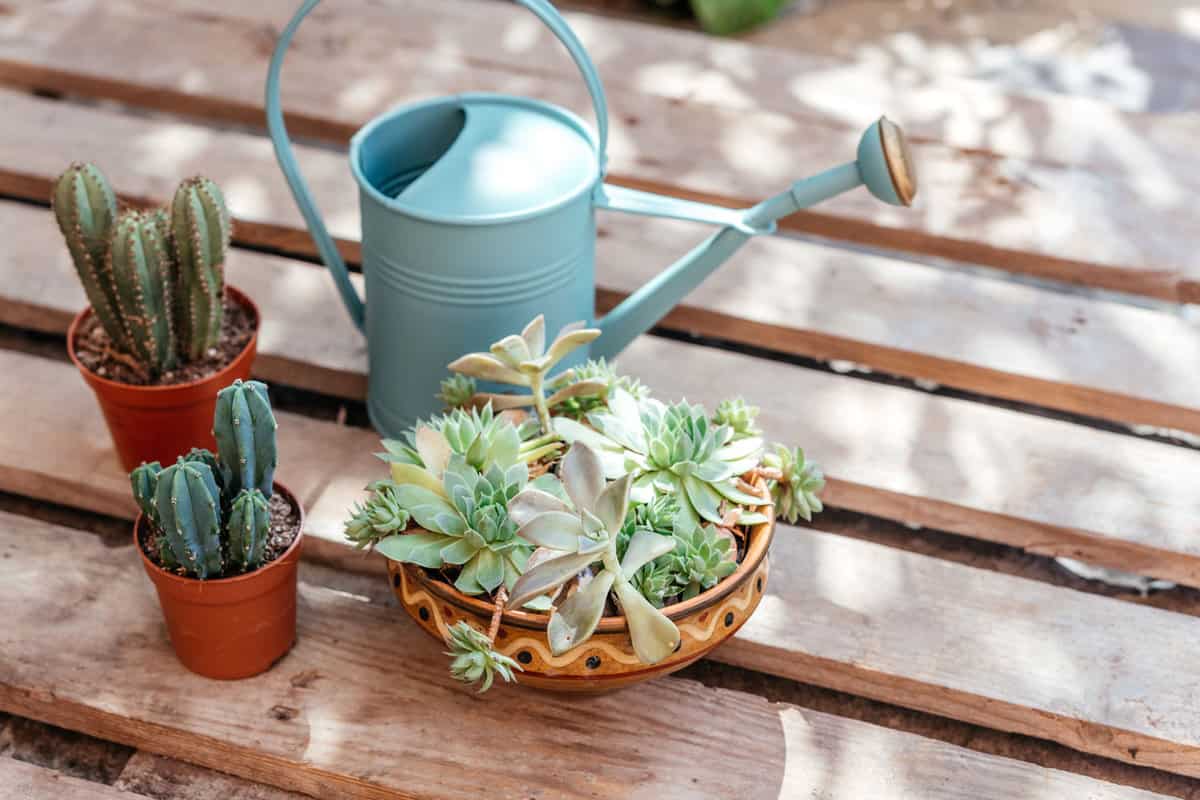
To achieve good drainage, mix your garden soil with perlite, sand, or pumice to help water move through the soil efficiently.
Additionally, planting succulents in raised beds or mounds can improve drainage, especially in heavy clay soils.
Amendments
A key element in preparing the soil for succulents is incorporating appropriate amendments.
Zone 13 gardeners should focus on adding organic matter, such as compost or aged manure, into the soil.
This boosts nutrient availability and improves soil structure while allowing proper drainage.
It's essential not to overdo it with organic matter, as too much can retain moisture and harm your succulents.
A ratio of approximately 1:1 of organic matter to native soil should suffice.
Fertilizers
Succulents generally don't require heavy fertilization. But providing them with a slow-release, balanced fertilizer during their active growing season can support healthy growth.
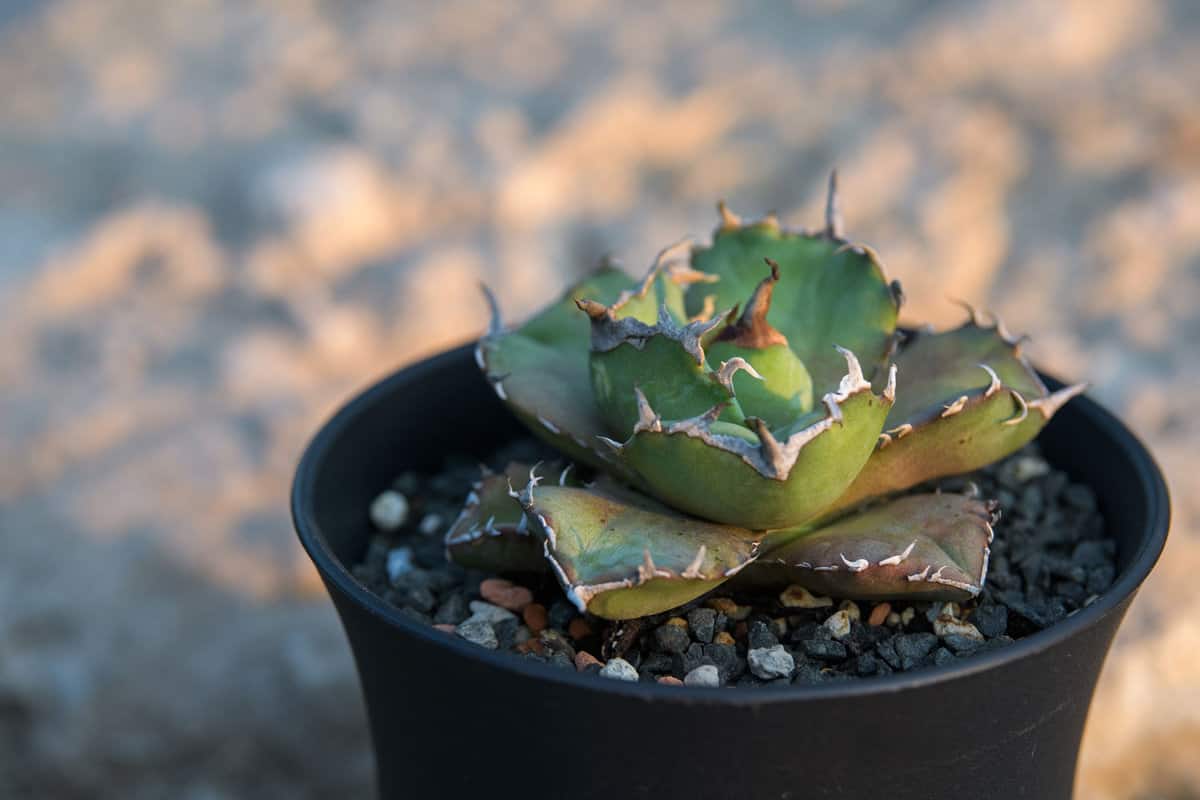
Make sure to avoid high-nitrogen fertilizers, as they can lead to soft, leggy growth and make succulents more susceptible to pests and diseases.
Stick to a limited fertilizer regime, applying it only once or twice during the growing season to avoid complications.
Proper Watering Techniques
Growing succulents successfully in Zone 13 requires proper watering techniques and timing to keep your succulents healthy and thriving.
Frequency
Succulents are known for their ability to store water, which allows them to withstand periods of drought.
However, they still require regular watering to maintain their health. The ideal watering frequency depends on various factors, such as the plant type, soil composition, and the season.
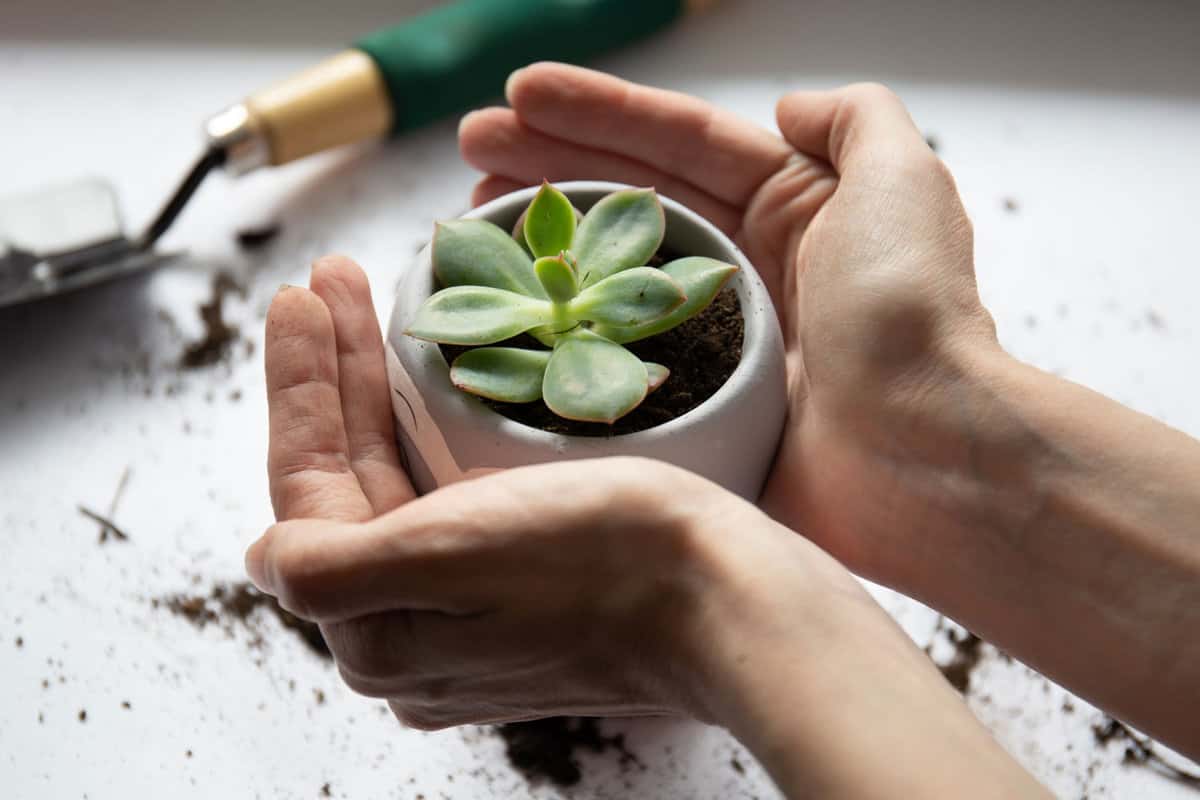
In general, it's advisable to water your succulents when the soil has completely dried out from the previous watering.
On average, this can range from once a week during warmer months to once every two to four weeks in cooler seasons.
To determine the right watering frequency for your succulents:
- Observe the soil moisture: Use a moisture meter or your finger to check if the soil is completely dry before watering.
- Monitor the plant's appearance: Healthy succulents should have plump and firm leaves. Wrinkled or limp leaves can indicate underwatering, while yellow and mushy leaves could indicate overwatering.
- Adjust the frequency accordingly: Based on your observations, fine-tune your watering schedule to ensure your succulents receive the right amount of water.
Timing
It's highly recommended to water your plants early in the morning when the temperatures are cooler, and the sun is not as intense.
This allows the water to reach the plant's roots and be absorbed effectively before it quickly evaporates due to the heat.
Morning watering also reduces the chances of fungal growth, providing ample time for any excess water on the leaves to dry out during the day.
Pest and Disease Control
Succulents, although quite hardy, can still occasionally experience pest problems and diseases in Zone 13.
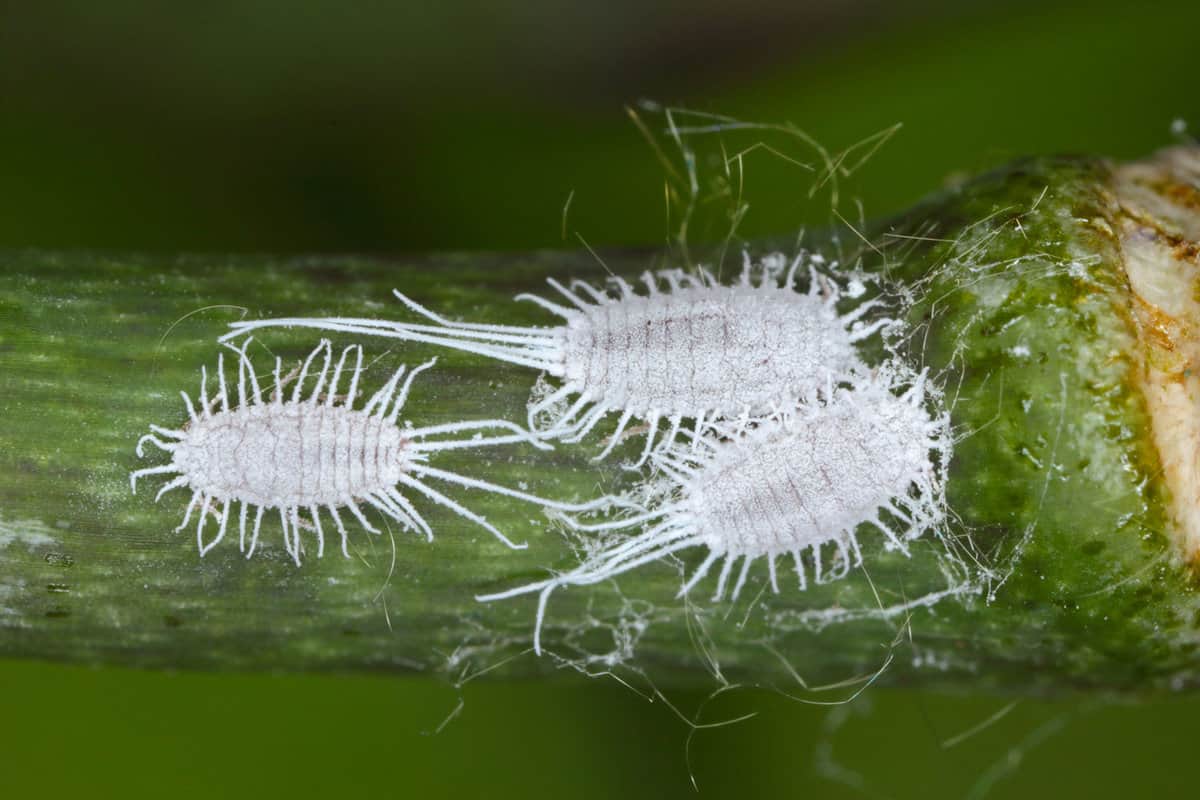
To maintain a healthy succulent garden, it's essential to implement efficient control methods.
Common Pests
Several pests can cause minor to severe damage to succulents. Some of the most common pests include:
- Mealybugs: These tiny, white cotton-like insects suck sap from the plants, leading to discolored and deformed leaves.
- Aphids: These small, pear-shaped insects feed on succulent leaves, leading to malformed and discolored foliage.
- Spider mites: These tiny mites create fine webbing on plants. They cause the yellowing and browning of leaves by feeding on the plant's sap.
Organic Treatments
To promote a healthy environment and prevent harm to beneficial insects, consider using organic pest control methods. Some effective organic treatments include:

- Neem oil: Diluted neem oil can be sprayed onto affected plants to disrupt the lifecycle of pests.
- Soap spray: A mild soapy water solution can be used to wash away pests and their eggs.
- Beneficial insects: Releasing beneficial insects like ladybugs and lacewings can help control pest populations naturally.
Chemical Treatments
If organic methods fail to control the problem or if pest infestations become severe, chemical treatments may be necessary.
When selecting a chemical treatment, choose one specifically targeting the affected pests and follow the label instructions carefully.

Some common chemical treatments include:
- Insecticidal Soap: These soaps are formulated to efficiently eliminate pests without harming plants or beneficial insects.
- Pesticides: Various chemical pesticides target specific pests. Apply as directed, and always follow safety precautions.
- Fungicides: In case of fungal infections, applying fungicides can help eliminate the disease and protect succulents.
Remember to use chemical treatments responsibly and avoid overuse, which can lead to pesticide resistance and harm beneficial organisms.
Growth and Propagation
To expand your succulent collection in Zone 13, there are various methods of propagation you can employ. Here are some key techniques:
Seeds and Cuttings
To start growing succulents from seeds, ensure to plant them shallowly in a well-draining soil mixture.
Keep the soil consistently moist but avoid overwatering, as this may cause the seeds to rot. Germination may take anywhere from 2-6 weeks, depending on the species.
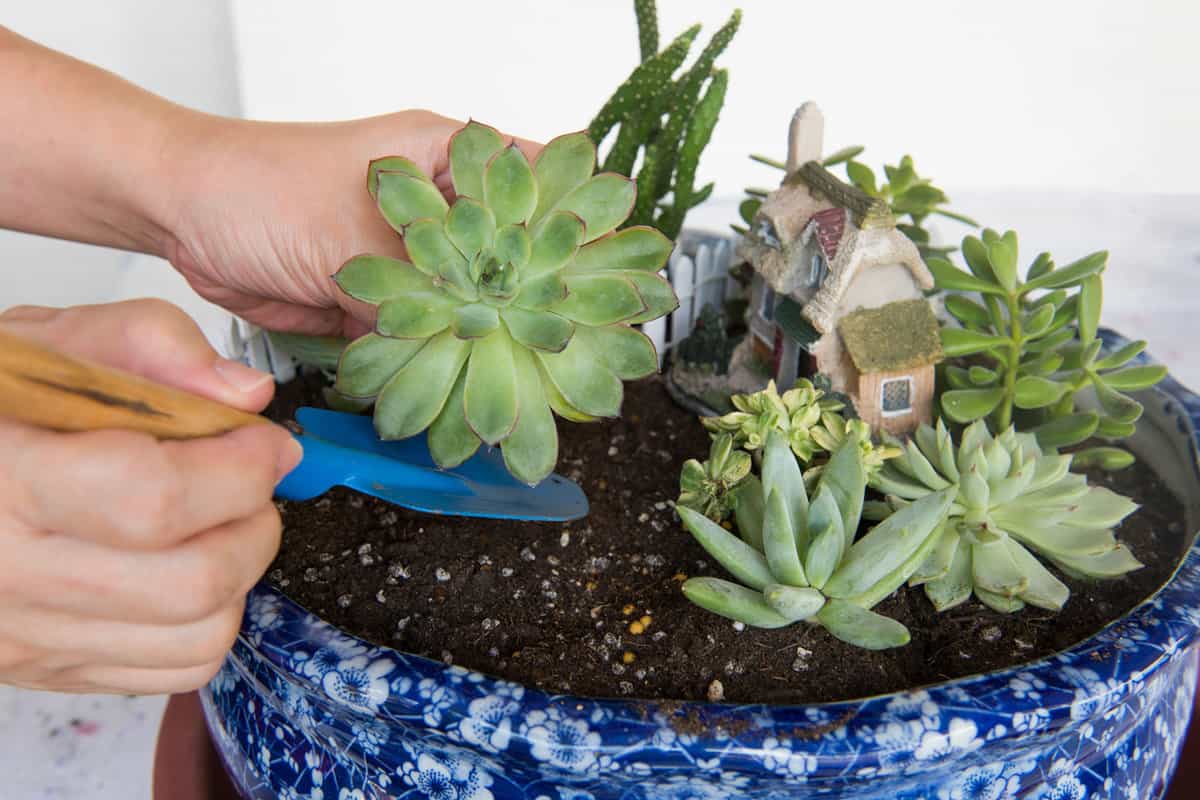
Cuttings are another popular method for succulent propagation. Simply remove a healthy leaf or stem from the mother plant and allow the cut end to dry and callous over, which usually takes a few days.
Once calloused, place the cutting in well-draining soil and water sparingly until new roots form.
Transplanting and Repotting
Transplanting succulents in Zone 13 should be done with care to avoid damaging their delicate roots.
The best time to transplant is during their active growing season, as they will establish roots more quickly.

When transplanting, be sure to gently loosen the roots from the soil and remove any dead or damaged leaves.
Place the succulent in its new pot, filling with well-draining soil and gently packing it around the roots. Water the plant lightly after transplanting to help it settle in.
Repotting is essential for maintaining healthy succulents, as it allows their roots to grow and prevents overcrowding.
Generally, succulents should be repotted every two years or when you notice roots growing out of the drainage holes.
Choose a slightly larger pot to allow the plant to grow, and use fresh soil that drains well.
Be sure to wait a few days after repotting before watering, as this allows the roots to recover from any damage sustained during the repotting process.
In Closing
By familiarizing yourself with the specific requirements of these plants and providing them with optimal conditions, you can create a thriving and vibrant succulent garden.
First and foremost, selecting succulent species that are well-suited to Zone 13's climate is essential. By choosing varieties that can adapt and thrive in hot and dry conditions, you set the stage for success.
Proper watering practices play a crucial role in maintaining healthy succulents.
Additionally, ensuring your succulents are planted in well-draining soil and suitable containers promotes robust root development and prevents issues like root rot.
And monitoring for pests and diseases is another important aspect of succulent care.
By implementing these measures, you will greatly increase your chances of cultivating a beautiful and low-maintenance addition to your garden in Zone 13.
Read more:
The 17 Best Plants to Grow in Zone 13a (60 to 65 °F/15.6 to 18.3 °C)
The 17 Best Plants to Grow in Zone 13b (65 to 70 °F/18.3 to 21.1 °C)
